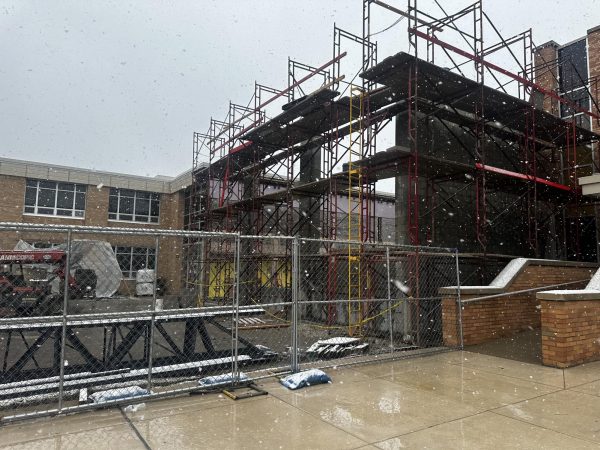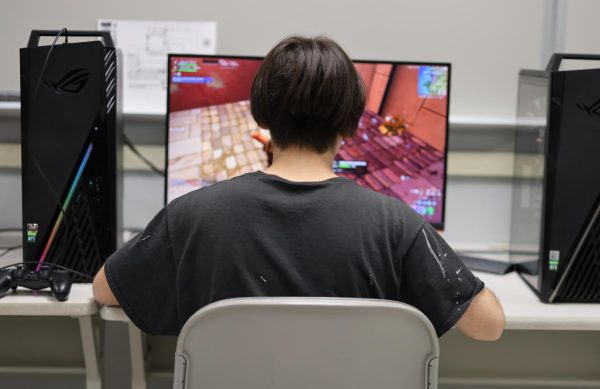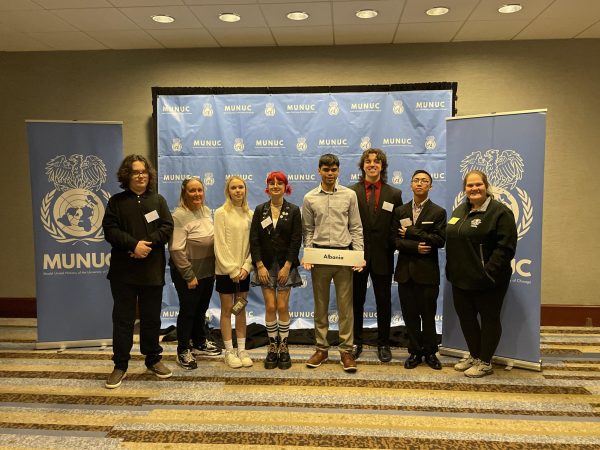The New ALICE Drill Initiative
Schools across the country are making a switch to a new and improved lockdown procedure.
Columbine. Virginia Tech. Sandy Hook.
These are only three out of the hundreds of school shootings that occurred in the United States over the last 16 years.
Growing up, many children and teenagers went through the traditional “lockdown” procedures to know what to do in case of a violent intruder as a result of many of these shootings.
Turn the lights off, lock the door, gather into a hidden corner of the classroom, keep quiet, and wait until it’s all clear.
Much like high schools across the nation, these steps are included in Antioch Community High School’s current lockdown procedures. In case of a lockdown, not only does the local police department arrive, but also surrounding towns’ stations and the county department.
“[ACHS] is highly coordinated with all local law enforcement,” ACHS Principal Bradford Hubbard said. “We want to make sure we’re all on the same page. It is important that everyone–staff, students and law enforcement–have the same training, and that we utilize the same language so everyone understands what to do.”
Each room at ACHS has white paper blinds to cover doors and windows, which are in-turn put down during a lockdown. This, along with locking the doors, hiding and turning off the lights are to make it appear no students are in the room.
“The hope is to not being able to see them, and having the doors locked will create some sort of delay,” Hubbard said.
But is this really the most effective way to stay safe in a potential school shooting?
The ALICE (Alert, Lockdown, Inform, Counter and Evacuate) Training Institute would argue no, it is not the most effective method. ALICE is a strategy that exceeds a conventional lockdown procedure.
According to the ALICE website, it is the “leading training solution that increases our children’s and employees’ odds of survival during a violent intruder event.”
In the case of a violent intruder entering a school, the intruder is most likely going to know that there are students and faculty in the building. Therefore, turning off the lights, leaving backpacks out in the open and hiding in a corner isn’t necessarily fooling them that no one is in there. While locking the door may slow down and possibly stop the intruder from entering the room, depending on the structure of the door, it is not necessarily going to stop someone with their mind set on getting into that classroom.
“We don’t want to be alarmists or create uneasy situations. We play as we practice. There is a fine line between creating anxiety and uneasiness, but also making sure if something were to happen, we are prepared to respond. We never want to make anything bigger than it has to be, but cannot make it smaller than it is,” Hubbard said.
With the ALICE method, the idea is that if a violent intruder enters the building, it is better to try and escape or barricade the classroom door, rather than sit and wait for the intruder to enter. This would mean barricading the door with chairs and desks, so when someone opens the door, it collapses onto them. This could potentially stop, or at least slow down the intruder in time to save students’ lives. Aside from barricading, ALICE also teaches safe ways to evacuate the building to escape an intruder.
“Heaven forbid someone has to utilize this. It makes a whole lot of sense, but on the other hand we would have to practice all of this and make sure everyone is okay with it,” Hubbard said.
Before using the ALICE method, a school must go through ALICE training and receive a certificate. This ensures that a school or other organization knows how to carry out these methods effectively.
Schools across the country are changing their current lockdown procedures to the ALICE method. ACHS is sticking to its current procedures, but, according to Hubbard, “If anything points to its best practice, we are open to exploring it. If we ever did [the ALICE method] it would need to be in conjunction with all local law enforcement as well. We are not looking for the easiest drill, but looking for the drill that will keep our students safest.











